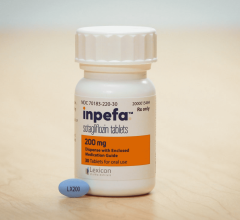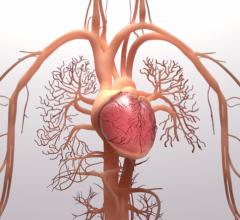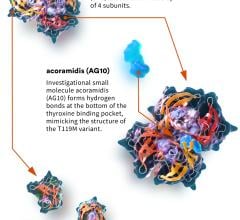August 4, 2008 - The Institute for Safe Medication Practices (ISMP) recently warned about the dangers of accidentally giving topical thrombin intravascularly, since some packages come with a syringe.
Thrombin applied topically can help stop oozing blood and minor bleeding from capillaries and small veins. Some thrombin products are produced as a frozen solution. Others come as a powder to be reconstituted, sometimes packaged with a parenteral syringe to help prepare and withdraw the product. Due to its clotting action, topical thrombin should only be applied to the surface of bleeding tissue. It should never be injected systemically, because that can lead to extensive intravascular clotting and death. ISMP points out that topical thrombin has been mistaken for parenteral medication and administered intravascularly, despite labeling on the thrombin vials that warns against injecting the product.
The confusion may arise because the vial-and-syringe packaging of some topical thrombin products makes them look like parenterals. ISMP describes several events where this kind of dangerous mix-up occurred. In one case, during cardiac surgery, a labeled syringe containing topical thrombin was placed in the warming pitcher along with heparinized saline syringes of similar volume. The topical thrombin was accidentally given intravenously instead of the heparin. The patient survived, but required additional monitoring and an extended hospital stay. In another example, a hospitalized patient was accidentally given topical thrombin 5,000 units intravenously. Soon afterward, the patient developed cardiopulmonary arrest and could not be resuscitated.
ISMP lists a number of ways to reduce the risk of these kinds of accidents, including:
- Have the pharmacy prepare, label, and dispense the drug whenever possible, including doses used in the OR.
- Never leave a topical thrombin vial or syringe at the patient’s bedside, because it may be confused as a parenteral product.
- Add auxiliary warning labels to syringes containing topical thrombin. ISMP recommends repeating the warning that appears on the cartons and vials: “For topical use only - do not inject.”
- If appropriate for the type of surgery, consider using solutions of topical thrombin that can be used with an absorbable gelatin sponge. It may also be helpful to apply a dry form of topical thrombin on oozing surfaces.
- Consider using spray kits, which are available for some topical thrombin products. The spray mechanism can help differentiate the topical thrombin from parenteral products. But never leave reconstituted topical thrombin in an unlabeled syringe before you attach the spray mechanism.
For more information: www.ismp.org


 July 10, 2024
July 10, 2024 








